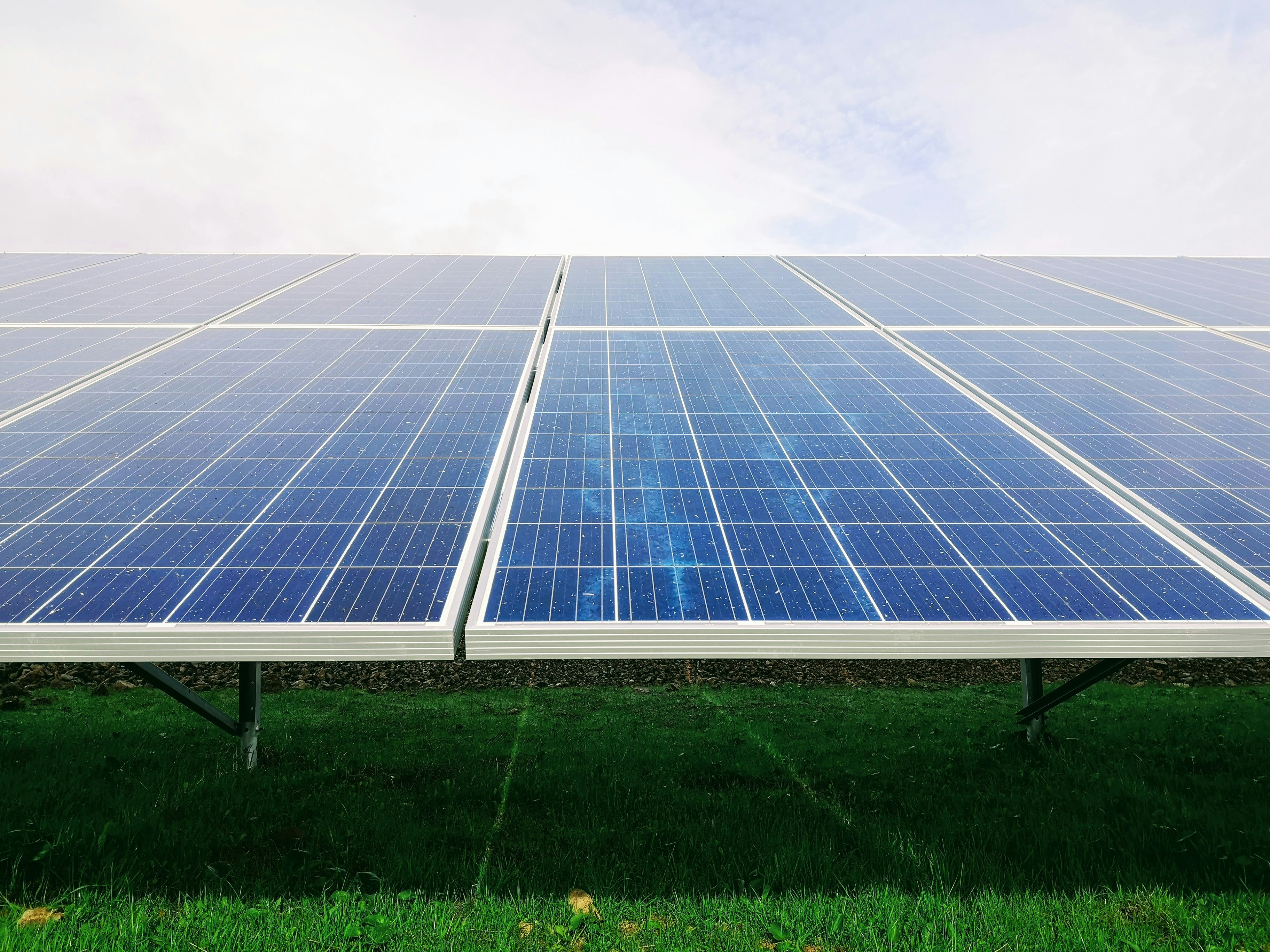Core and Core Plus Assets:
What are they?
Core and Core Plus Assets:
What are they?
Core and core plus infrastructure assets are characterized as physical assets with relatively inelastic demand structures that provide essential services, such as power generation, transmission and distribution, water, or digital connectivity. These assets generally cover the lower risk, lower return end of the private infrastructure asset universe as they tend to focus on established, regulated, or highly contracted projects with recurring cash flows.
Core and core plus assets are further differentiated because they typically:
- Are mature beyond the typical demand ramp-up phase
- Function in established and transparent regulatory and political environments
- Serve demographically and economically sound service areas
- Are long-lived with minimal risk of obsolescence and/or technology risks
- Possess high EBITDA margins and investment grade leverage levels
Core and Core Plus Assets: A growing quantum of infrastructure opportunities
- Renewable and conventional power, including renewable and transitional energy generation, hydroelectric, solar, or onshore and offshore wind power.
- Utility services, such as electricity generation and transmission lines, gas and electricity distribution, water distribution systems, or water and wastewater collection or processing systems. Assets typically face limited competition within a geographic area and may even be monopolies regulated by a governing authority.
- Transportation assets, such as established and mature toll roads, bridges, tunnels, railroads, seaports, or airports.
- Communications assets, including wireless communications towers, data centers, and fiber optic networks.
- Social infrastructure and other assets, including schools, hospitals, and a variety of other public/private partnerships





However, not all core and core plus assets are created equal. The diverse asset profiles that make up core and core plus projects offer investors a continuum of risk profiles. These can range from fully regulated assets - which can include inflation adjustments - to other types of contracted assets with more economic-based revenue streams that can be subject to more usage or volume risks.
While mounting financial pressures on governments over the last decade are bringing new financing arrangements within infrastructure, and fueling new types of public/private opportunities, the revenue profile of infrastructure assets generally take the following broad forms:

Regulated
Monopolistic type assets that are subject to regulation by a governing body. Typically, the returns from these assets are linked to inflation and operating costs are a pass-through expense. Regulation can vary widely across jurisdictions. Examples include regulated water, electricity, gas utilities, and certain transportation assets, such as airports.

Long-Term Contracted
Assets that benefit from steady revenue streams because of contracts signed for the service. Typically, the contracts are with private organizations with an emphasis on high-quality counterparties. Underlying contract structures and credit counterparty risk vary by asset. Examples include long-term contracted renewable power generation and passenger train and freight locomotive (rolling stock) leasing.

Availability-Based
Revenues are based on the asset being operational and are not tied directly to volumes. Typically, revenues are dependent on certain efficiency levels. Essentially, asset owners are paid if the infrastructure is available to use and the defined services are being performed. Examples include PPPs, some airport development and operations, and some toll roads.

Economic-Based
Revenues are driven by the amount of usage at an underlying price per usage. The performance of some economic-based assets can be correlated to GDP. The inelasticity of demand under differing economic scenarios ranges by asset. Examples include some toll roads, seaports, and airports.